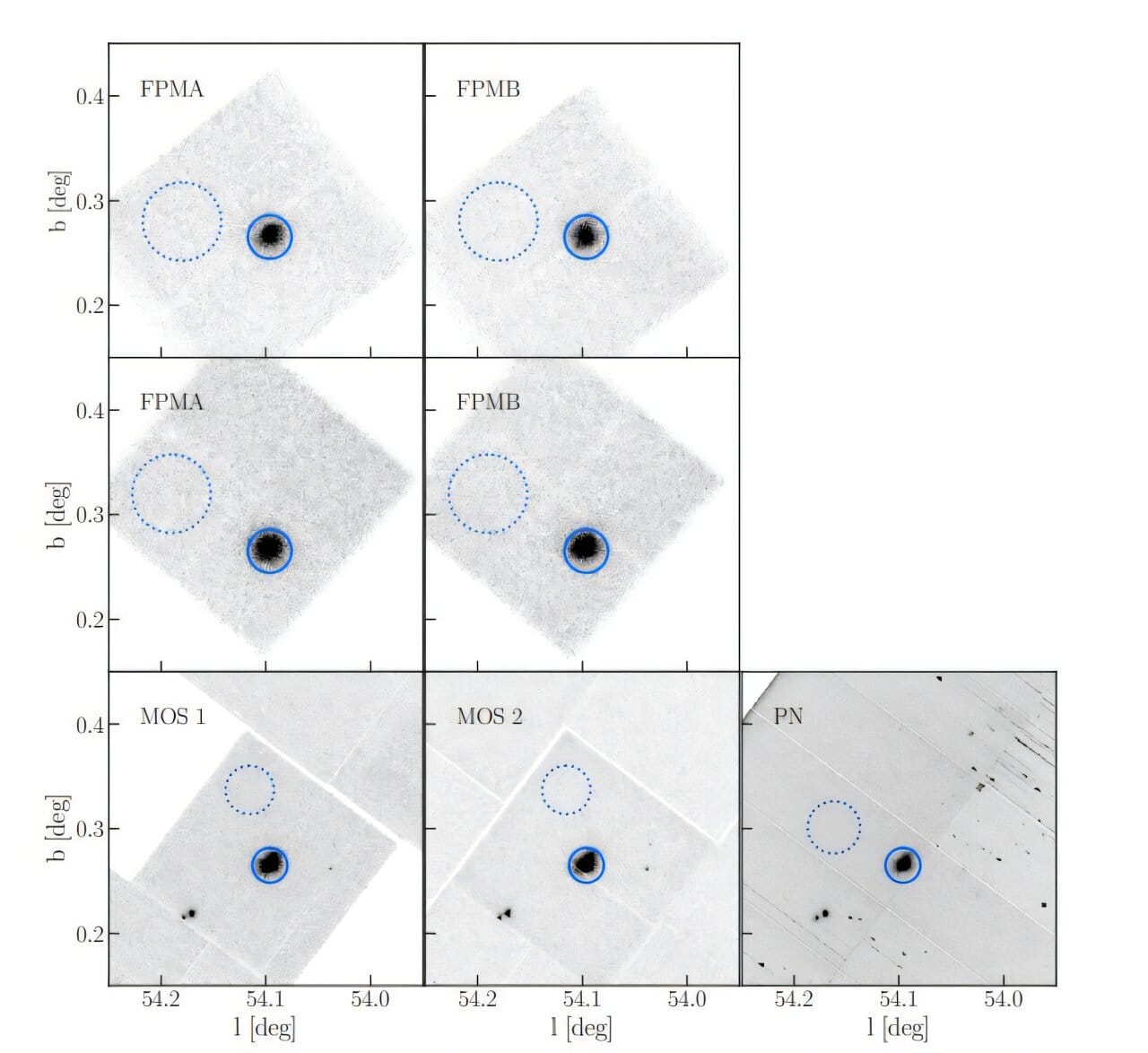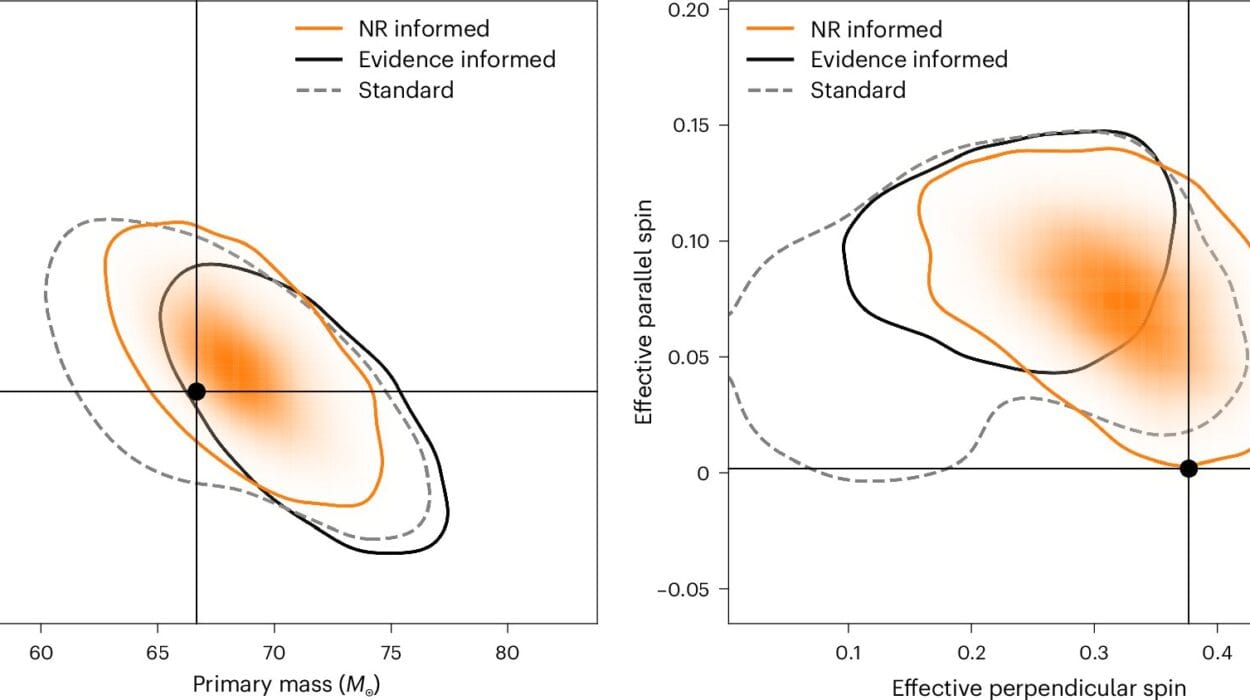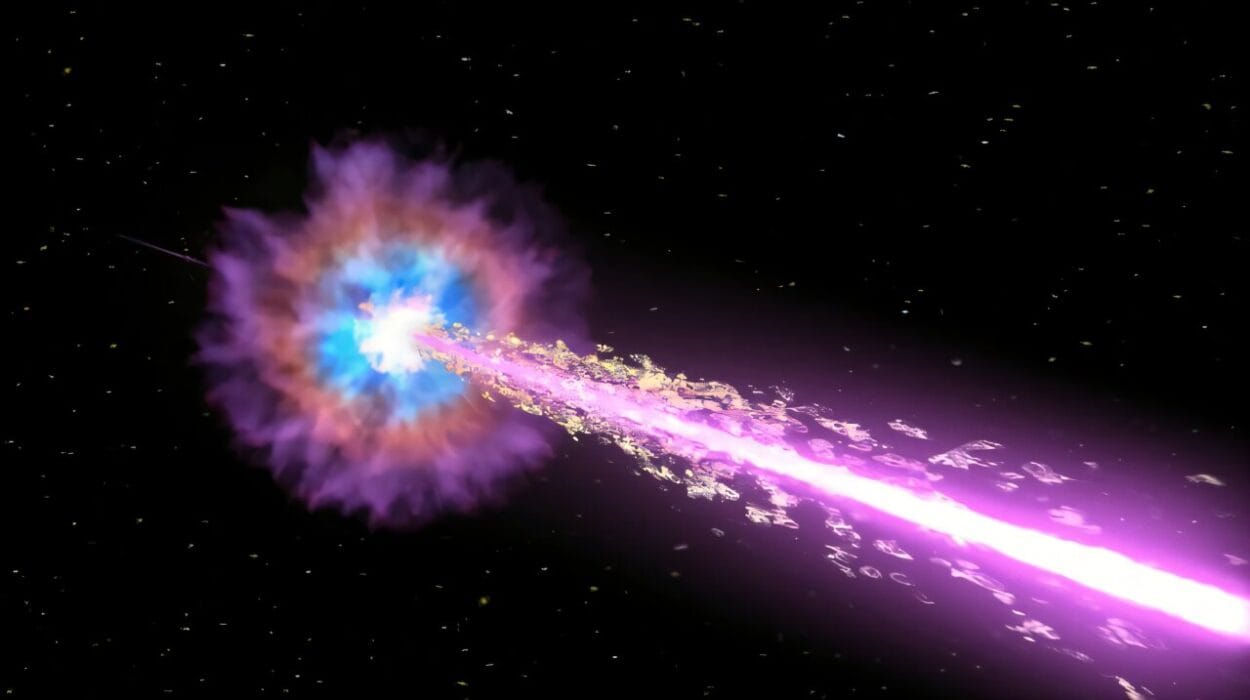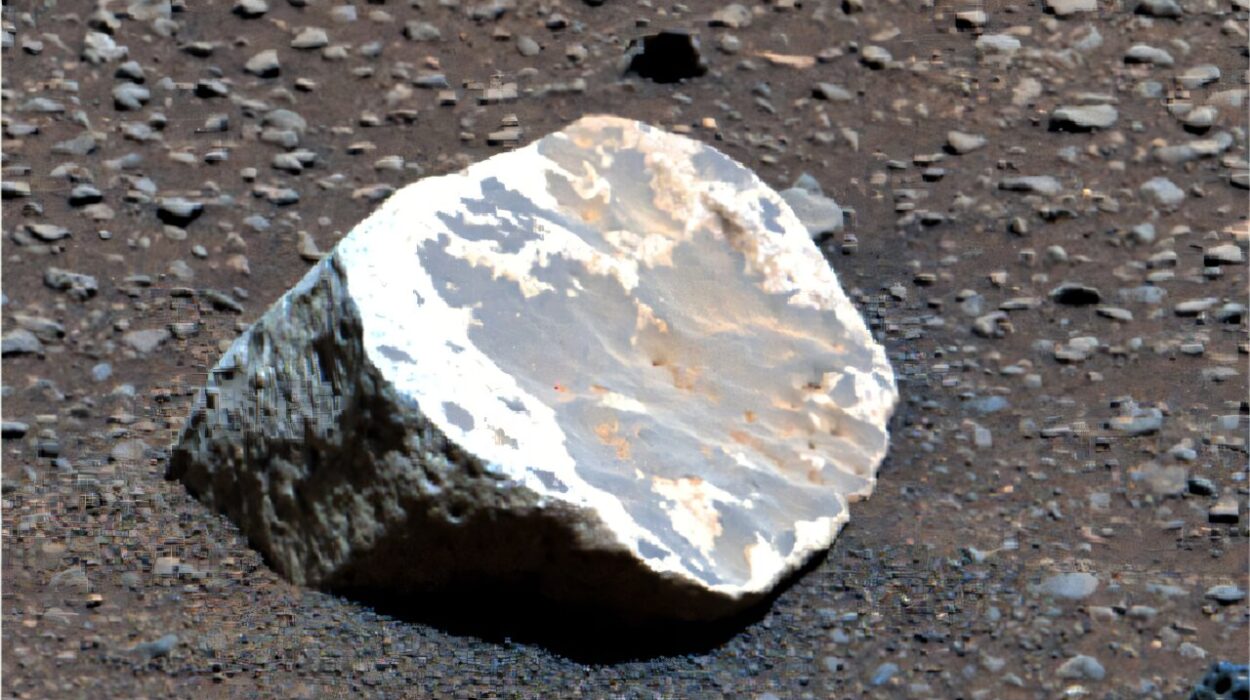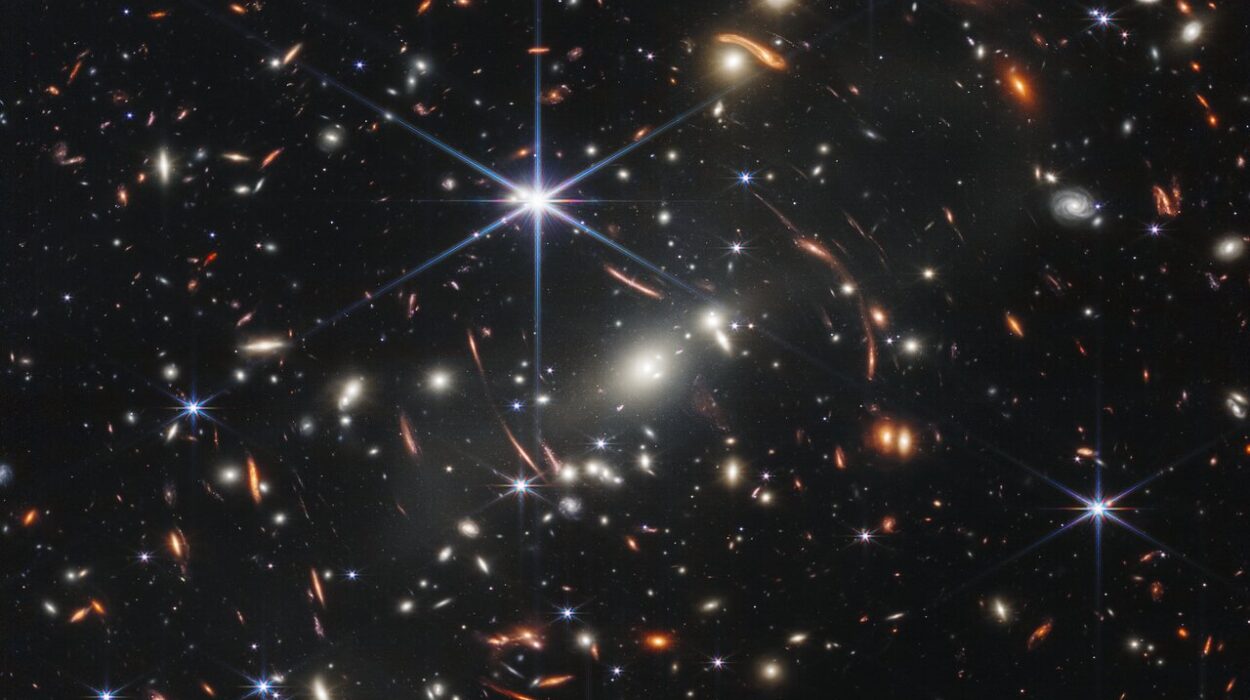High above the Chilean desert, nestled among the jagged Andes peaks of the Atacama Plateau, 66 white dish antennas silently gaze into space. They form ALMA—the Atacama Large Millimeter/submillimeter Array—one of the most powerful astronomical observatories in the world. And recently, they became the eyes of one of the most ambitious cosmic surveys ever undertaken.
This is the story of AGE-PRO—the ALMA Survey of Gas Evolution of PROtoplanetary Disks—a multinational, multi-year effort led by astronomers from the University of Arizona, the University of Wisconsin-Madison, and institutions across the globe. What they found challenges the way scientists understand how planets are born.
“We’ve always known that the dusty disks around young stars are the building blocks of planetary systems,” says Dr. Ilaria Pascucci, a planetary scientist at the University of Arizona and one of AGE-PRO’s co-leaders. “But now, for the first time, we have a clearer picture of how the gas—the invisible lifeblood of these disks—evolves too. And it turns out, it doesn’t behave the way we thought it did.”
Reading the Invisible
It begins in the cold darkness of space, where clouds of gas and dust collapse under their own gravity to form stars. Around these newborn suns, disks of leftover material spin like cosmic whirlpools. Over millions of years, this spinning debris becomes the stuff of planets—rocky worlds like Earth, gas giants like Jupiter, and everything in between.
For years, astronomers have studied the dust in these disks, the grainy seeds that stick together to form pebbles, boulders, and eventually planets. But the gas? That was harder. Unlike dust, which glows brightly in infrared, gas emits faint signals at millimeter wavelengths—signals that require long, sensitive observations to detect.
That’s where ALMA shines.
Using ALMA’s unmatched sensitivity, the AGE-PRO team spent years observing 30 disks in three distinct star-forming regions: Ophiuchus, Lupus, and Upper Scorpius. Each region represents a different chapter in a star’s life—ranging from 1 to 6 million years old. What the scientists were hunting for was evolution, seen not in snapshots but in time-lapse.
“Thanks to ALMA, we could finally observe not just the brightest disks, but also the smaller, quieter ones—the ones that often get overlooked,” says Dingshan Deng, a graduate student at the University of Arizona’s Lunar and Planetary Laboratory and lead author on one of AGE-PRO’s 12 papers, recently published in a special issue of The Astrophysical Journal.
Gas and Dust: A Cosmic Divorce
What they found rewrites the textbook.
“We always assumed that gas and dust disappeared together as disks aged,” explains Ke Zhang, the project’s principal investigator from the University of Wisconsin-Madison. “But that’s not what the data showed.”
Instead, the observations revealed that gas is lost from these disks much faster than dust, especially in the early stages. While dust often lingers in the disk for millions of years, swirling around its host star like a slow-burning ember, the gas seems to vanish in a flash—blown away or chemically altered at a much more rapid pace.
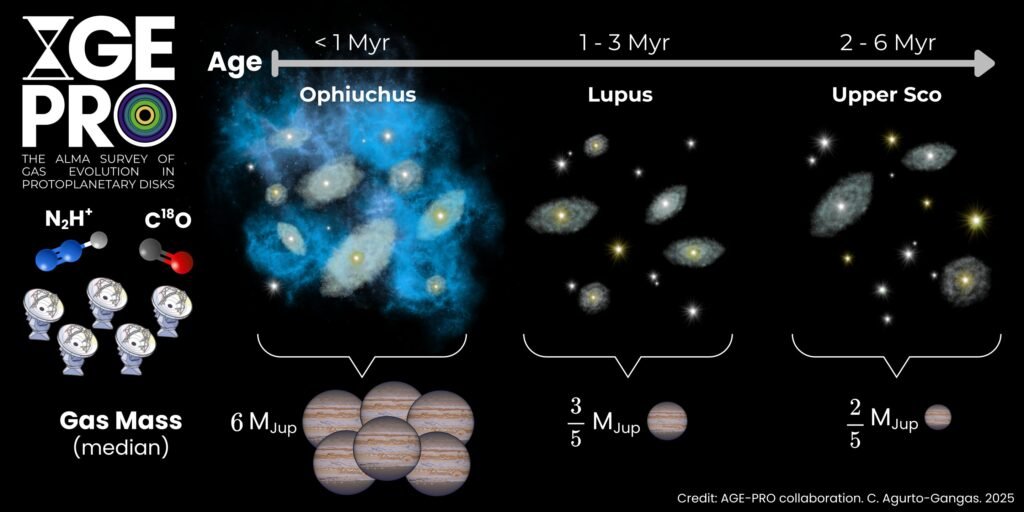
It’s a revelation with profound implications.
Giant planets like Jupiter and Saturn require large reservoirs of gas to form. If that gas disappears quickly, their formation must be a race against time—a frantic scramble to gather enough material before the disk’s atmosphere evaporates. Rocky planets, by contrast, might have a longer window to emerge from the dusty remains.
“This suggests a very different formation environment for gas giants versus terrestrial planets,” Pascucci says. “It’s like giving them a stopwatch at birth.”
Even more surprising, the team found that the ratio of gas to dust mass remained relatively consistent across different disks, regardless of size—a pattern that defied previous predictions. Smaller disks, once thought to lose their gas faster, appeared to retain more than expected.
“It’s like finding out all these different kitchens have the same recipe, even if their ovens are different sizes,” Deng said. “There’s a common ingredient ratio we weren’t anticipating.”
A Chemical Fingerprint of the Cosmos
To reach these conclusions, AGE-PRO relied on some of the most delicate tools in astronomy: molecular fingerprints.
ALMA’s antennas don’t “see” light the way our eyes do. Instead, they detect millimeter and submillimeter wavelengths—faint radio whispers from molecules in the cold reaches of space. Each molecule emits light at specific frequencies, like a unique barcode. By identifying these signatures, astronomers can detect not just the presence of gas, but what kind of gas it is.
Carbon monoxide (CO) is the most commonly used tracer in protoplanetary disks, but it’s only part of the story. AGE-PRO expanded the chemical palette by including tracers like diazenylium (N₂H⁺), formaldehyde, methyl cyanide, and molecules enriched with deuterium, a rare isotope of hydrogen.
“These molecules tell us not just how much gas is present, but also give us clues about the temperature, density, and chemistry of the disk,” Deng explained. “They’re like cosmic thermometers and pressure gauges.”
For instance, N₂H⁺ forms only in cold, dense regions where CO has frozen out—so its presence hints at temperature thresholds. This deeper chemical understanding helps build a more accurate model of how planetary systems mature.
The Legacy of AGE-PRO
One of AGE-PRO’s most important contributions isn’t just what it found—but what it left behind.
The ALMA observations are now part of a massive data archive: a legacy dataset that future researchers can use to study these disks in even more detail. With 30 disks analyzed across three age groups, it’s the most comprehensive chemical survey of protoplanetary disks to date.
“It took years to figure out the right way to reduce the data and extract meaningful images,” Pascucci said. “But now we have a treasure trove that others can build on. It’s a library of planet formation in real time.”
That library may one day help astronomers understand how systems like our own solar system came to be—or how exoplanets in distant galaxies are shaped by their natal environments.
A Glimpse Into Our Origins
In the grand scheme of things, 1 to 6 million years is a blink in cosmic time. And yet, it’s during this fleeting window that the architecture of entire planetary systems is determined. The pace of gas dispersal, the density of dust, the disk’s chemical composition—all these factors sculpt the potential for habitability, the presence of atmospheres, even the chances for life.
AGE-PRO’s findings offer a rare glimpse into this hidden moment. They show us that the birthplaces of planets are more dynamic, more diverse, and more volatile than we once thought.
“In many ways,” Zhang said, “we’re watching the earliest blueprint of planetary architecture take shape.”
And from a desolate plateau in Chile, with instruments peering billions of miles into the past, humanity takes one more step closer to understanding not just how planets form—but how we ourselves began.
Reference: Dingshan Deng et al, The ALMA Survey of Gas Evolution of PROtoplanetary Disks (AGE-PRO): III. Dust and Gas Disk Properties in the Lupus Star-forming Region, arXiv (2025). DOI: 10.48550/arxiv.2506.10734
